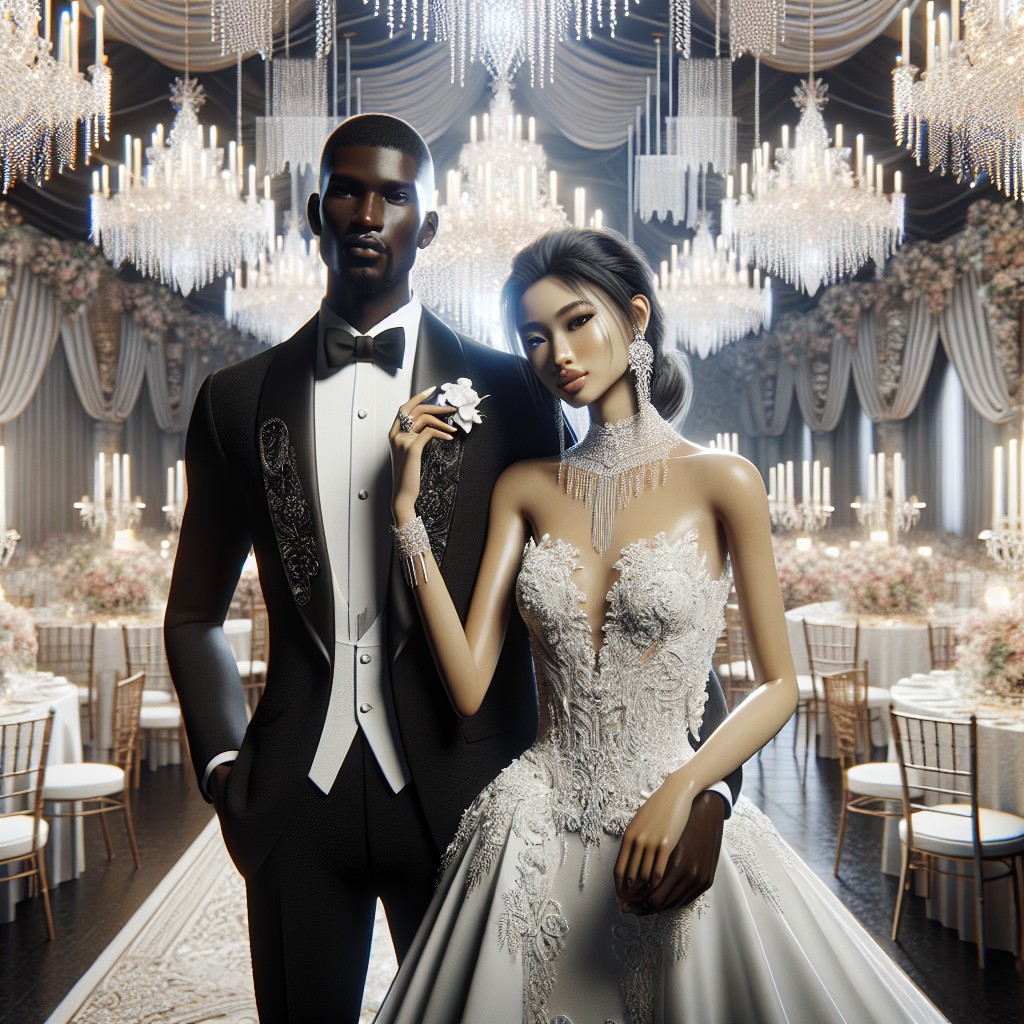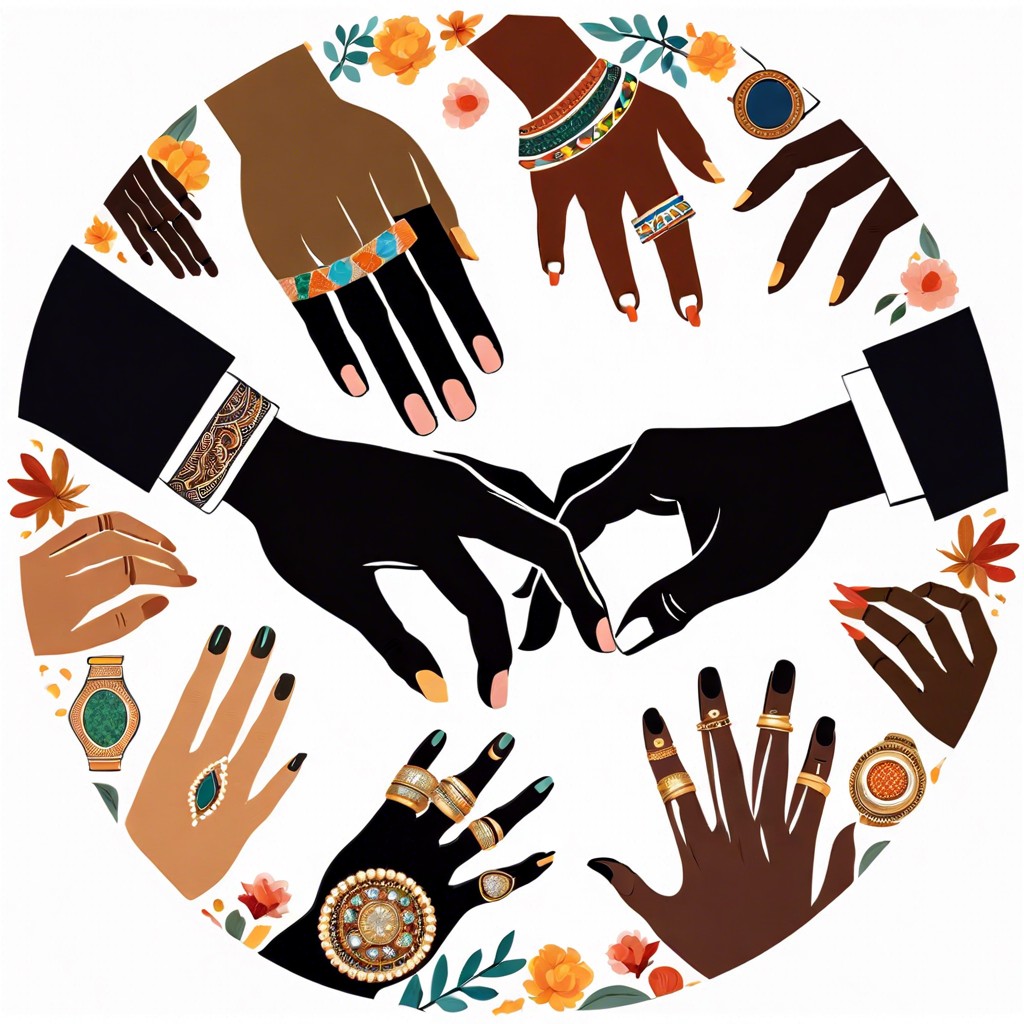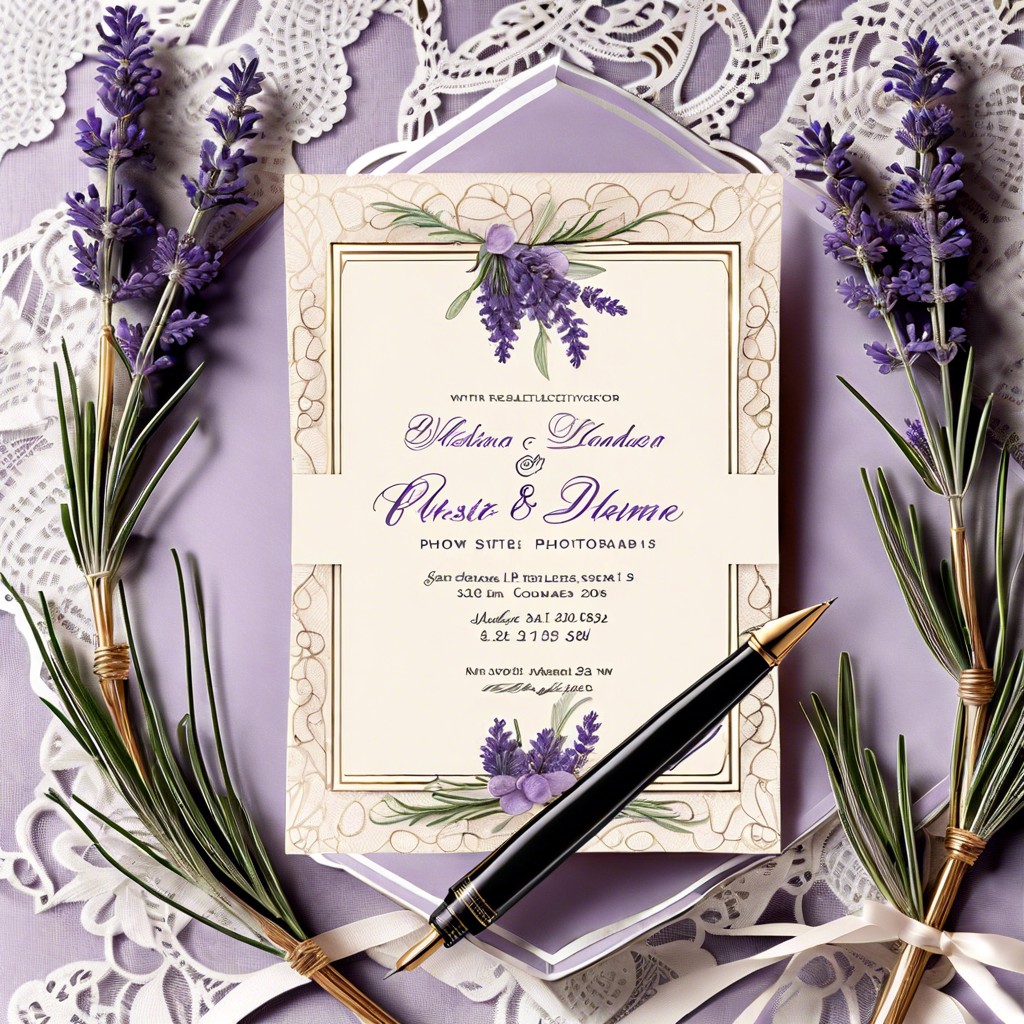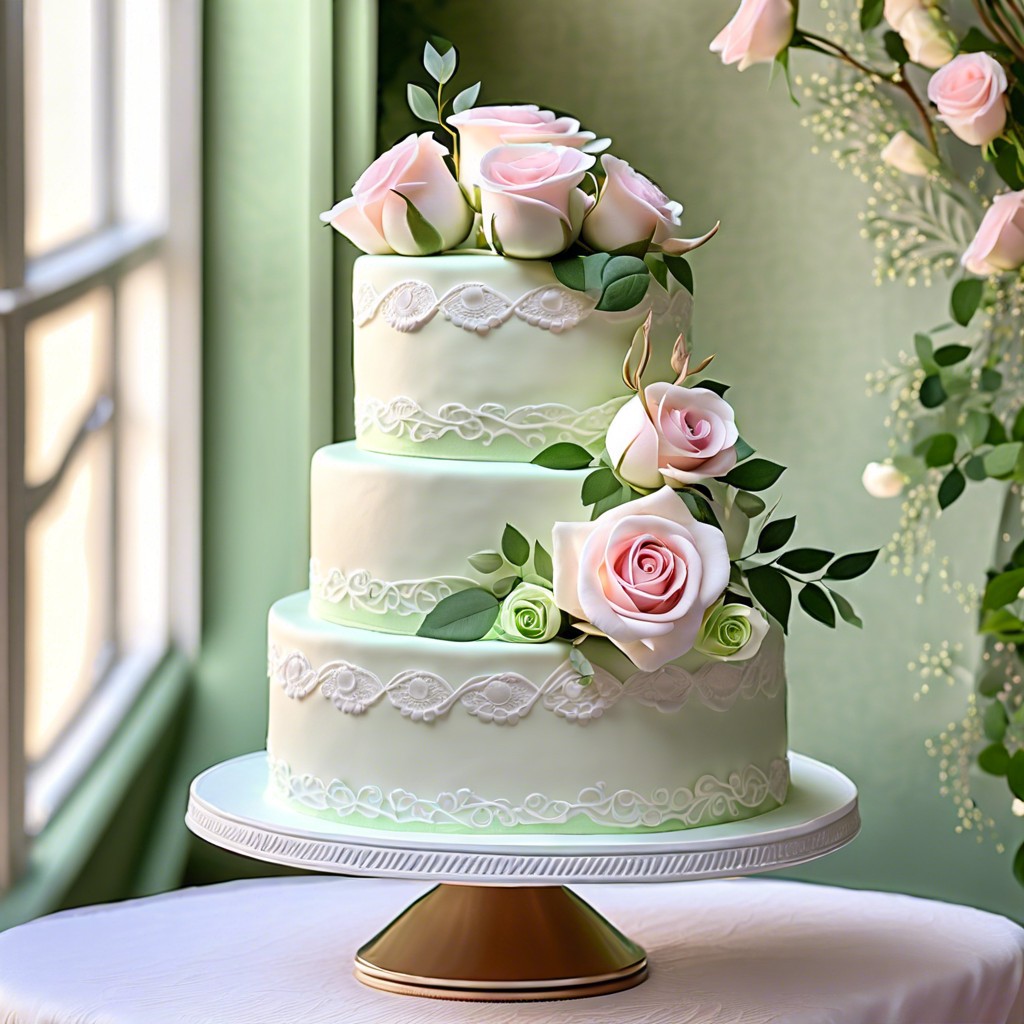In this article, you’ll receive clear and precise guidelines on choosing and understanding formal wedding attire.
Key takeaways:
- White-tie attire: black tailcoat, ball gown, attention to detail.
- Black-tie attire: tuxedo, floor-length gown, chic and understated.
- Formal or black-tie optional: tuxedo or dark suit, gown or cocktail dress.
- Casual wedding attire: individual choices, comfortable and stylish.
- Ultimate guide to wedding guest attire: consider time, venue, fabrics, and accessories.
White-Tie Attire

Considered the epitome of formal wear, this dress code calls for men to don a black tailcoat, a white wing-collared shirt, and a white bow tie. Matching white vests and formal patent leather shoes complete the ensemble, emphasizing the sophistication of the event.
For women, full-length ball gowns are the norm. Elegance is key, with options ranging from satin to silk, adorned with tasteful accessories such as opera gloves and understated jewelry. Heels are generally preferred, and when it comes to color choice, darker tones or muted hues are recommended to maintain the night’s grandeur.
This level of attire is reserved for the most formal weddings, typically occurring in the evening and in a grandiose setting. Attention to detail is crucial—every element from cufflinks to hairpins is a testament to the high standards that white-tie demands.
Guests should remember that white-tie is not merely about the clothes; it’s an experience. It’s about embodying the regality of the event, honoring the couple’s desire for a truly magnificent celebration.
Black-Tie Attire
When attending a black-tie wedding, elegance is key. Men should opt for a classic tuxedo, featuring a black bow tie, black vest or cummerbund, and patent leather shoes. A crisp, white dress shirt is a must, and cufflinks can add a personal touch.
For women, floor-length gowns are the most fitting choice. A sophisticated cocktail dress is also acceptable, particularly when the event takes place earlier in the day or is slightly less formal.
When selecting accessories, aim for chic and understated to complement the attire – think fine jewelry and elegant clutches. Mind the fabrics and colors; luxurious materials like silk or satin, and darker, rich tones or jewel hues add to the black-tie ambiance.
Remember, the goal is to embody timeless grace while respecting the event’s refined dress code.
Formal or Black-Tie Optional
Navigating a ‘Formal or Black-Tie Optional’ invitation suggests flexibility, allowing guests to opt between formal and slightly less formal attire.
For men, a tuxedo remains a stellar choice; however, a dark suit paired with a white shirt and a conservative tie can also perfectly match the event’s tone. It’s advisable to lean towards darker colors for the evening celebrations and to ensure the suit is well-tailored for a polished look.
Women have a range of options: from a full-length ball gown to a cocktail dress or an elegant pantsuit. The length of the dress can vary, but it’s crucial to maintain a sophisticated aesthetic — think luxe fabrics and classic cuts. Accessorizing with statement jewelry or a clutch can add a personal touch to the ensemble.
Shoes should be dressy and well-coordinated with the outfit. For men, leather dress shoes are a safe bet, and women can opt for heels or dressy flats, ensuring they’re comfortable enough to enjoy the festivities.
Considering venue and time can also guide attire choices. An evening event typically calls for more formal selections, while afternoon occasions may permit slightly lighter and less formal wear.
Casual Wedding Attire
Adopting a relaxed vibe doesn’t mean sacrificing style. A casual dress code allows for a broad range of comfortable and individual choices:
- For men, a button-down shirt paired with chinos or linen slacks creates an effortless ensemble. Adding a blazer can elevate the look while remaining laid-back.
- Women have the flexibility to select a sundress or a chic skirt-blouse combo. Light fabrics like cotton or a breezy chiffon are perfect for maintaining comfort and elegance.
- Footwear can be less formal; think dressy sandals for women or loafers for men. Always consider the venue – beach weddings may even permit tasteful flip-flops.
- Accessories can add a pop of personality. Women might opt for playful costume jewelry or a vibrant scarf, while men could wear a leather band watch or a casual belt.
- Keep in mind the setting and weather. Layering with a cardigan or lightweight jacket can add versatility for outdoor weddings or cooler evenings.
The Ultimate Guide to Wedding Guest Attire
Understanding the invitation’s dress code is essential for selecting the appropriate wedding guest attire. When deciphering the expectations, consider the following:
- Time of Day: Evening events generally call for more formality; daytime weddings lean towards a lighter touch.
- Venue Clues: Castles or ballrooms often suggest a more formal ensemble, while beach or garden settings can allow for lighter fabrics and colors.
- Seasonal Fabrics: Heavier materials like wool or velvet suit winter weddings, while linen and chiffon are perfect for summer festivities.
- Accessory Appropriateness: Formal settings warrant sophisticated accessories, such as cufflinks or clutch bags, while casual affairs might welcome simpler, less flashy items.
- Reading Between the Lines: If the invitation lacks explicit instructions on attire, deduce the formality from the language and design of the invite itself.
Remember, it’s always better to slightly overdress than to underdress—aim for a polished look that respects the occasion’s significance.
FAQ
What is formal attire for a wedding mean?
Formal attire for a wedding signifies a full-length gown or fancy cocktail attire for women, and a tuxedo for men.
What is formal wear to attend a wedding?
Formal wear to attend a wedding includes a tuxedo, a formal dark suit with a white shirt and a conservative tie for men, and a floor-length gown, a fancy cocktail dress, or a dressy pantsuit for women.
What is formal dress on a wedding invitation?
Formal dress on a wedding invitation denotes that men can wear tuxedos or formal dark suits, and women have the option to don evening gowns or dressy cocktail attire.
What is the dress code for formal attire?
Formal attire dress code typically involves wearing a dark colored suit jacket with matching pants or a skirt, with accessories that add personality to the look without being distracting.
How to correctly interpret a "black tie" dress code on a wedding invitation?
A "black tie" dress code on a wedding invitation typically signifies the need for formal evening attire, where men are expected to wear a tuxedo, and women should opt for formal gowns or sophisticated cocktail dresses.
What are the key differences between 'semi-formal' and 'formal' attire for a wedding?
The key differences between 'semi-formal' and 'formal' attire for a wedding lie in the level of sophistication and refinement, with formal requiring tuxedos or evening gowns, while semi-formal typically consists of a suit or a cocktail dress.
Is the cocktail dress appropriate for a wedding with 'formal attire' summons?
While a cocktail dress can be suitable for some formal events, it may not meet the stricter dress code of a 'formal attire' wedding which typically requires longer evening gowns for women.



